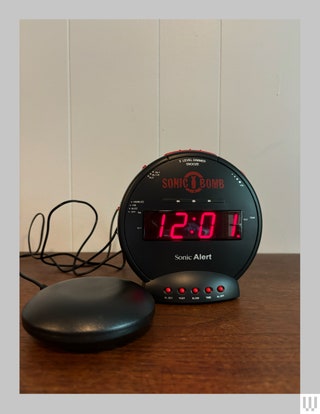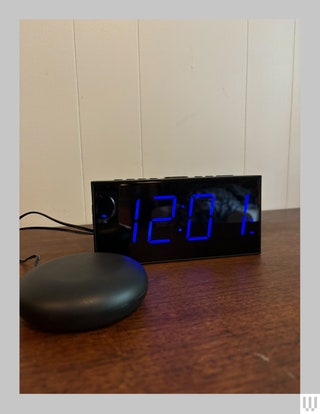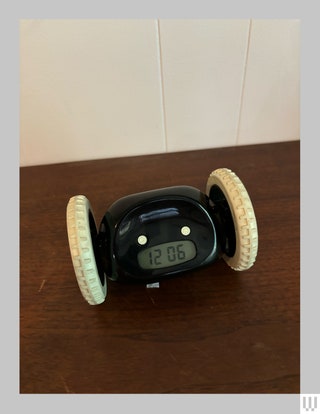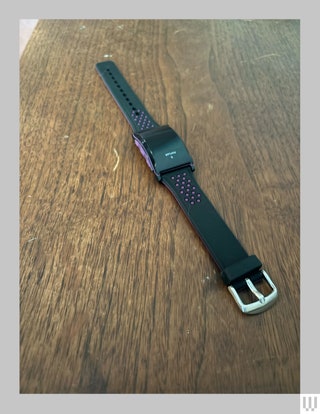The Best Extreme Alarm Clocks
If you buy something using links in our stories, we may earn a commission. Learn more.
Heavy sleepers know how easy it is to snooze through the overly genteel alarms on your phone. For people who can’t get out of bed without a bigger jolt, extreme alarms have popped up in recent years—from relatively simple puzzle-alarm phone apps to alarms on wheels to alarms that shake the bed. Not only are these an innovative way to get chronic snoozers out of bed, but they can be great for those who are hard of hearing, utilizing different frequencies and pitches as well as movement through vibration.
I’m a very heavy sleeper, so I tried each of these nontraditional extreme alarms every day for a full workweek. I chose the extreme alarms that were the most rated or reviewed online, found most often on online retailers like Amazon and in the app store, and tried to get a versatile range of options that focused on different areas, whether it be sound or activity. While I can say that they worked better at getting me out and helping me stay out of bed, most mornings I woke up with anxiety—like I was being hunted for sport. Be forewarned that some of these extreme alarm clocks are not for the faint of heart.
Check out our other guides for everything sleep-related, including Best Sunrise Alarms, Phone Bedside Alarms, Sleep Trackers, Best Mattresses, and Best Pillows guides.
Power up with unlimited access to WIRED. Get best-in-class reporting that's too important to ignore for just $2.50 $1 per month for 1 year. Includes unlimited digital access and exclusive subscriber-only content. Subscribe today.
Which Extreme Alarm Is for You?
This all depends on your problem with getting out of bed.
If you are a chronic snooze-pusher, opt for alarms that physically make you get out of bed. Many types incorporate movement to get your blood pumping and shake off some of that sleepy grogginess—like Clocky, the alarm on wheels, or an alarm clock that requires you to shoot a target to turn it off.
If you are hard of hearing, some of these alarms have adjustable pitch and volume, which are useful for hearing loss in certain ranges. Some of these alarms also have a vibration pad, which can be inserted between the mattress and box spring or under the top sheet, that wakes the sleeper via vibrational movement. There’s even a wrist clock that shocks the sleeper, which can be helpful for those sleeping with partners who don’t want to be disturbed by noises.




